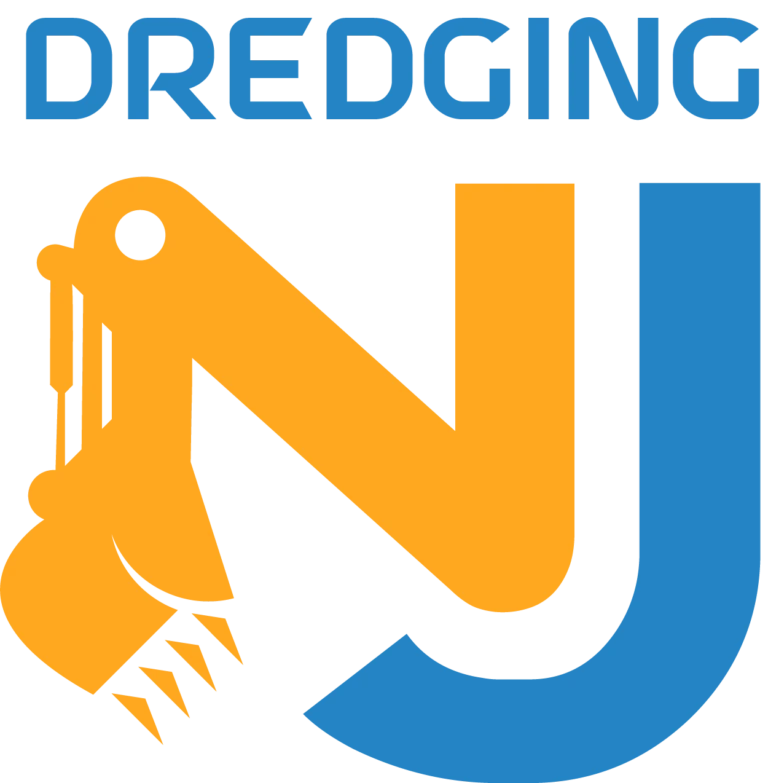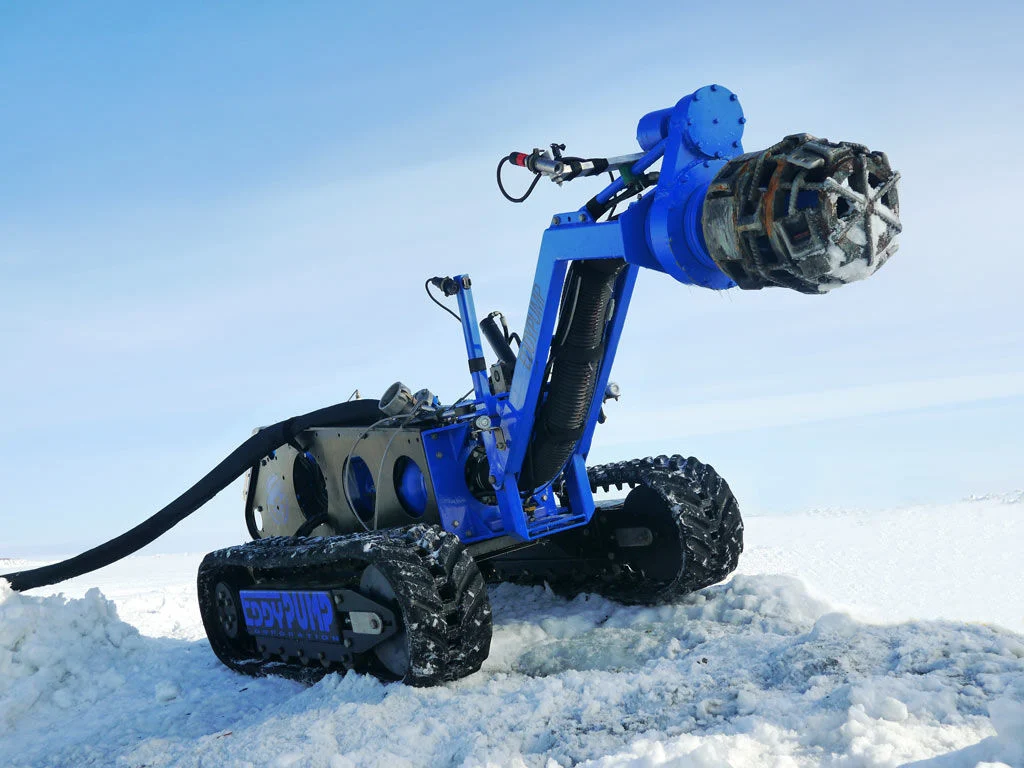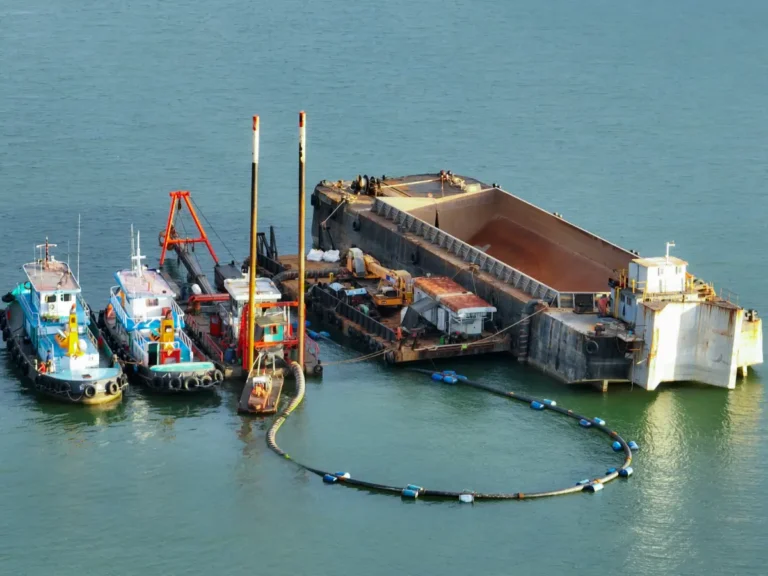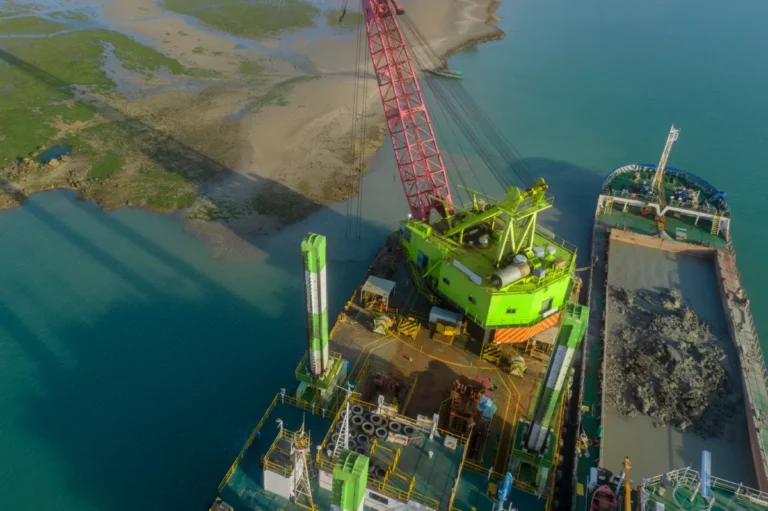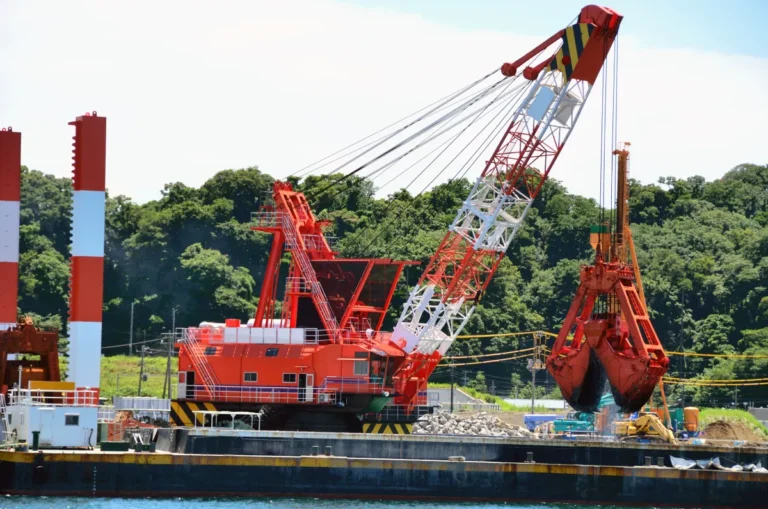Dredging technology has always been at the intersection of brute force and precision, but today it is entering a new era defined by connectivity. Remote monitoring and IoT are no longer experimental add-ons — they are becoming essential to how dredge machines operate, communicate, and adapt. By transforming dredges into live data sources and enabling real-time decision-making, these digital tools are reshaping efficiency, safety, and environmental responsibility across the industry.
From Steel and Hydraulics to Data and Connectivity
For decades, dredging technology was defined by physical might — bigger pumps, stronger cutter heads, and more horsepower. Success was measured in cubic yards moved per hour and the durability of steel under relentless abrasion. While these fundamentals remain critical, they no longer tell the full story. Modern dredge machines must not only perform as mechanical workhorses but also function as intelligent, connected systems.
What sets advanced dredging technology apart today is the ability to capture, process, and share live operational data. A 20-inch cutter suction dredge equipped with IoT sensors becomes more than a machine digging sediment; it becomes a connected node in a larger digital ecosystem. Pressure sensors reveal how hard the pumps are working, turbidity monitors track environmental impact in real time, and GPS-linked telemetry ensures excavation is precise to within inches.
This shift alters how stakeholders perceive dredge technology. Owners see more predictable project timelines through live dashboards. Operators no longer rely solely on intuition; instead, they make data-backed adjustments on the fly. Regulators gain confidence from transparent environmental reporting that streams directly from dredge machines. In other words, connectivity has become just as important as horsepower in defining what makes a dredging system “advanced.”
Turning Every Dredge Machine into a Live Data Source
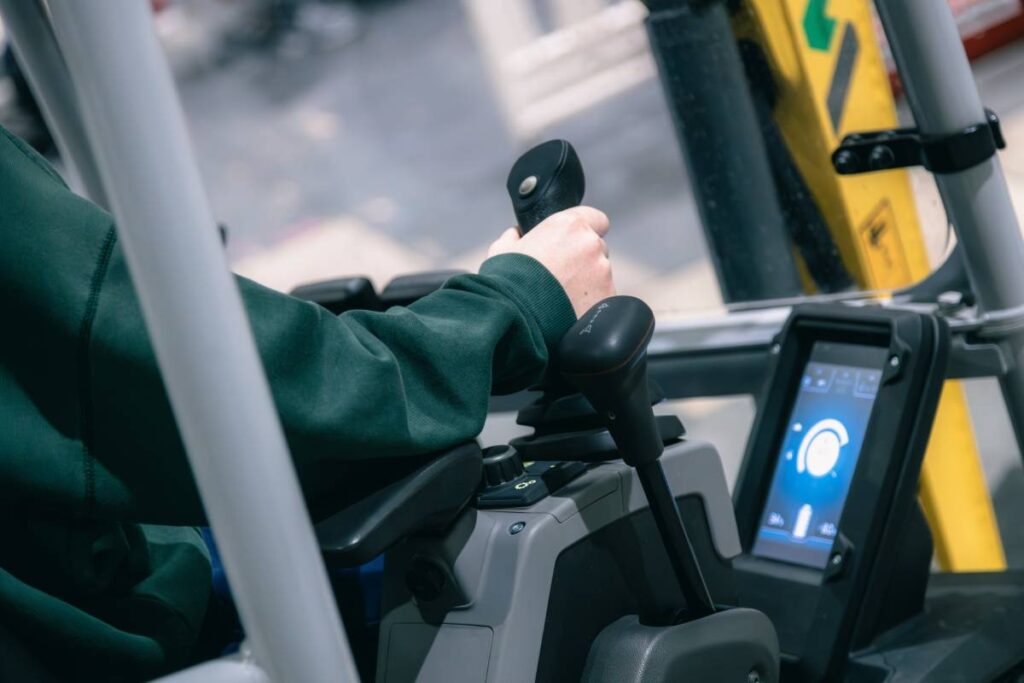
A modern dredge machine is no longer a silent operator on the water — it’s a live data source, constantly broadcasting information that shapes decisions in real time. Every moving part, from the suction pump to the cutter head, can now be instrumented with sensors that measure flow rate, sediment density, vibration, torque, and fuel burn. What once took hours of manual checks or operator intuition is now captured automatically and transmitted within seconds.
This transformation elevates dredging technology beyond simple excavation. A cutter suction dredge equipped with density meters can immediately flag changes in slurry concentration, enabling operators to optimize pump settings and move more material with less energy. Vibration sensors in the dredge pump housing can detect early signs of wear before they cause catastrophic breakdowns. Even engine performance metrics are tracked continuously, allowing maintenance teams to intervene with precision rather than relying on guesswork.
The real advantage lies in data consistency. With each dredge machine operating as a connected sensor hub, project managers no longer depend on scattered reports or delayed readings. Instead, they receive a continuous and reliable feed of performance data across all active dredge machines on the site. This data can be centralized, compared, and analyzed, turning each machine into part of a coordinated network rather than an isolated piece of equipment.
In effect, dredging technology has shifted from machines that just move sediment to machines that also generate intelligence. The ability to measure and share what’s happening in the cutter, pumps, and engines means every dredge becomes an active participant in smarter, safer, and more efficient operations.
Remote Monitoring as the New Control Tower
Dredging projects are rarely confined to a single, easy-to-manage location. They often span wide waterways, offshore environments, or multiple barges and support vessels. In such settings, relying solely on onboard operators creates blind spots. Remote monitoring eliminates these gaps by transforming the dredging site into a network of interconnected assets, overseen from a central hub — the “control tower” of modern dredging technology.
Through remote monitoring platforms, every dredge machine streams data back to engineers and managers, whether they’re onshore or halfway across the world. Pump efficiency, sediment flow, cutter head torque, fuel usage, and even crew safety metrics are visible in one dashboard. When something begins to deviate from expected performance — say, an unusual spike in vibration or a sudden drop in flow — alerts are triggered instantly. This allows intervention before problems escalate into costly failures.
The benefits extend beyond machine health. Remote monitoring also creates operational synchronization across fleets. Multiple dredge machines working on different sections of a project can be tracked and coordinated to avoid redundancy and maximize efficiency. For contractors, this means less idle time, improved equipment utilization, and a clearer picture of project progress at any given moment.
In this way, remote monitoring transforms dredging technology into something larger than the sum of its machines. It shifts operations from being reactive and localized to being proactive and globally visible. The control tower perspective ensures that project leaders are never left guessing — they’re equipped with real-time situational awareness that empowers faster, smarter decisions.
IoT as the Bridge Between the Sea Floor and the Cloud
At its core, dredging is a battle with the unseen. Pumps work below the waterline, cutter heads grind through submerged sediments, and pipelines carry dense slurry along hidden routes. For decades, operators made decisions with limited visibility, relying on experience and intermittent readings. IoT changes that equation by serving as a bridge between the seafloor and the cloud, making every aspect of dredge technology visible, measurable, and shareable in real-time.
The chain begins with embedded sensors on dredge machines: pressure gauges, turbidity meters, GPS trackers, and flow monitors. These devices collect raw data from the heart of dredging operations — torque on the cutter, slurry density in the suction line, or positioning accuracy of the dredge head. Onboard processors convert this raw data into usable signals, which are then transmitted via satellite, 5G, or wireless mesh networks.
Once in the cloud, this data becomes accessible to project managers, environmental regulators, and engineers worldwide. Dashboards turn numbers into visual insights, while algorithms detect anomalies or suggest optimizations. For example, if slurry density readings indicate a drop below target levels, the system can instantly recommend adjusting the pump speed or cutter depth.
This IoT-driven loop of collect → transmit → analyze → act allows dredge technology to function with aviation-style precision. Just as airplanes rely on telemetry for safe, efficient flights, dredging projects can now be orchestrated with the same rigor. The sea floor is no longer a black box — it’s a connected environment, continuously reporting back to decision-makers through IoT.
Beyond Efficiency: New Possibilities IoT Unlocks
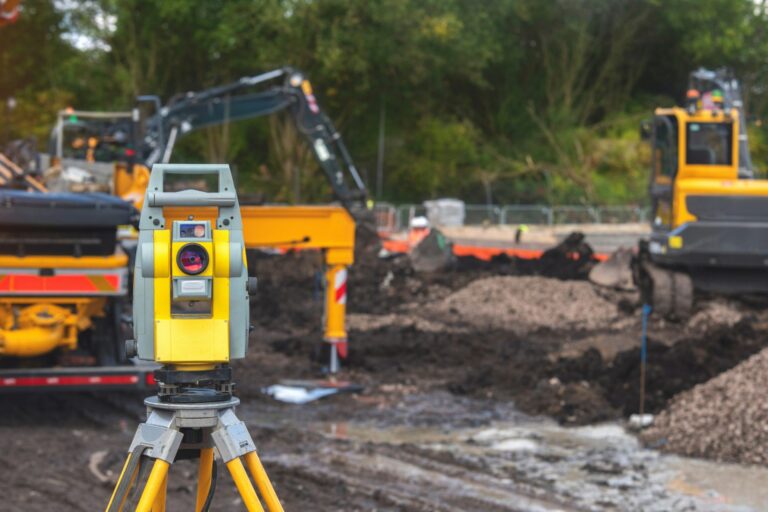
For many operators, the first promise of IoT in dredging technology is efficiency — moving more material faster and at a lower cost. But once real-time connectivity becomes standard, it opens the door to possibilities that go far beyond productivity gains. The IoT transforms dredge machines into multi-purpose platforms that can serve project managers, regulators, and even communities in new and innovative ways.
One of the most significant breakthroughs is precision dredging. With IoT-enabled positioning and density sensors, operators can fine-tune excavation depth and pump speed in real time. This minimizes costly over-dredging and reduces the need for rework. It also helps preserve surrounding ecosystems by limiting unnecessary disturbance of sediment.
Environmental guardianship is another frontier. Dredge machines fitted with turbidity and water quality sensors can transmit live compliance data directly to oversight agencies. Instead of submitting after-the-fact reports, contractors can demonstrate in-the-moment adherence to regulations. This transparency not only reduces legal risks but also fosters trust with stakeholders who are concerned about environmental impact.
IoT also enables new dimensions of training and remote support. By integrating IoT data with augmented or virtual reality, less experienced operators can be trained in simulated dredging conditions modeled on real-world data streams. Remote experts can log into a live feed and guide crews through challenging operations without ever boarding the vessel.
Finally, the most forward-looking possibility is autonomy. The IoT lays the groundwork for autonomous dredge machines that can adjust pump speeds, cutter angles, or navigation paths independently. With AI interpreting IoT data, dredging technology is moving steadily toward self-optimizing systems that require minimal human intervention.
In short, IoT isn’t just about doing the same jobs more efficiently — it’s about unlocking entirely new ways to approach dredging, compliance, training, and machine autonomy.
The Weak Links: What Still Holds Back IoT in Dredging
For many operators, the first promise of IoT in dredging technology is efficiency — moving more material faster and at a lower cost. But once real-time connectivity becomes standard, it opens the door to possibilities that go far beyond productivity gains. The IoT transforms dredge machines into multi-purpose platforms that can serve project managers, regulators, and even communities in new and innovative ways.
One of the most significant breakthroughs is precision dredging. With IoT-enabled positioning and density sensors, operators can fine-tune excavation depth and pump speed in real time. This minimizes costly over-dredging and reduces the need for rework. It also helps preserve surrounding ecosystems by limiting unnecessary disturbance of sediment.
Environmental guardianship is another frontier. Dredge machines fitted with turbidity and water quality sensors can transmit live compliance data directly to oversight agencies. Instead of submitting after-the-fact reports, contractors can demonstrate in-the-moment adherence to regulations. This transparency not only reduces legal risks but also fosters trust with stakeholders who are concerned about environmental impact.
IoT also enables new dimensions of training and remote support. By integrating IoT data with augmented or virtual reality, less experienced operators can be trained in simulated dredging conditions modeled on real-world data streams. Remote experts can log into a live feed and guide crews through challenging operations without ever boarding the vessel.
Finally, the most forward-looking possibility is autonomy. The IoT lays the groundwork for autonomous dredge machines that can adjust pump speeds, cutter angles, or navigation paths independently. With AI interpreting IoT data, dredging technology is moving steadily toward self-optimizing systems that require minimal human intervention.
In short, IoT isn’t just about doing the same jobs more efficiently — it’s about unlocking entirely new ways to approach dredging, compliance, training, and machine autonomy.
The Road Ahead: A Smarter, Autonomous Dredging Era
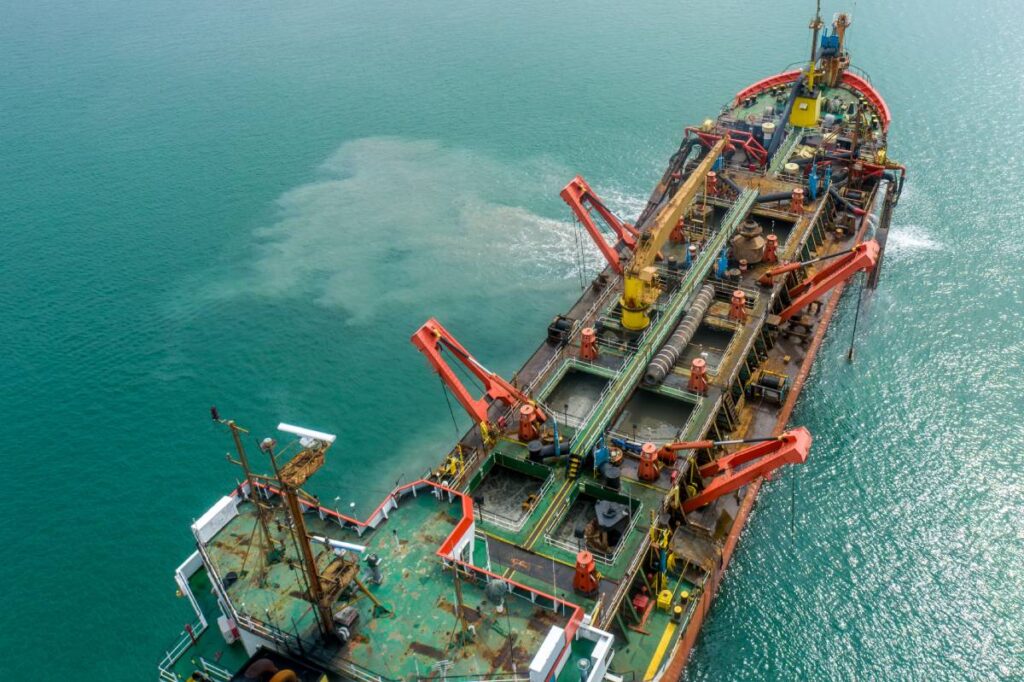
While remote monitoring and IoT are reshaping dredging technology, the path to fully connected dredge machines isn’t without obstacles. These weak links underscore the challenges of applying digital tools in harsh and unpredictable environments.
Connectivity gaps remain one of the biggest challenges. Dredging projects often take place in offshore zones, river deltas, or remote inland waterways where cellular and satellite coverage is unreliable. A network outage can sever the data pipeline, leaving operators blind just when continuous monitoring is most needed.
Legacy integration is another hurdle. Many existing dredge machines were built decades ago with no provision for sensors or digital interfaces. Retrofitting them with IoT hardware is possible but complex, requiring custom mounts, waterproofing, and integration with mechanical systems never designed for data output. This raises costs and slows adoption.
Cybersecurity risks also loom large. A connected dredge machine is essentially an industrial IoT device floating in open waters, vulnerable to unauthorized access. Without robust encryption and network security, sensitive project data or even control functions could be at risk. In high-value dredging projects tied to ports, energy terminals, or military bases, the stakes are particularly high.
Finally, there’s the issue of data overload. A single dredge machine may generate thousands of data points per second, from pump vibration to slurry density. Without smart filtering and contextual analytics, operators can become overwhelmed by information that is difficult to interpret in real time. Instead of empowering decision-making, excessive unprocessed data can hinder it.
These weak links don’t diminish the promise of IoT in dredging technology, but they serve as a reminder: the digital transformation of dredge machines isn’t just about installing sensors. It requires reliable networks, secure systems, and intelligent tools to transform raw data into actionable insights.
Reimagining Dredging Through Connectivity
The integration of remote monitoring and IoT into dredging technology is more than an upgrade; it’s a reinvention of how dredge machines are designed, managed, and optimized. As projects become increasingly complex and regulations tighten, adopting smarter, connected solutions will be crucial to staying competitive and sustainable. For those ready to embrace advanced dredging solutions and explore how connected dredge technology can transform their operations, visit Dredging NJ to learn more.
